The 21 Different Types of Content Marketing (With Examples)
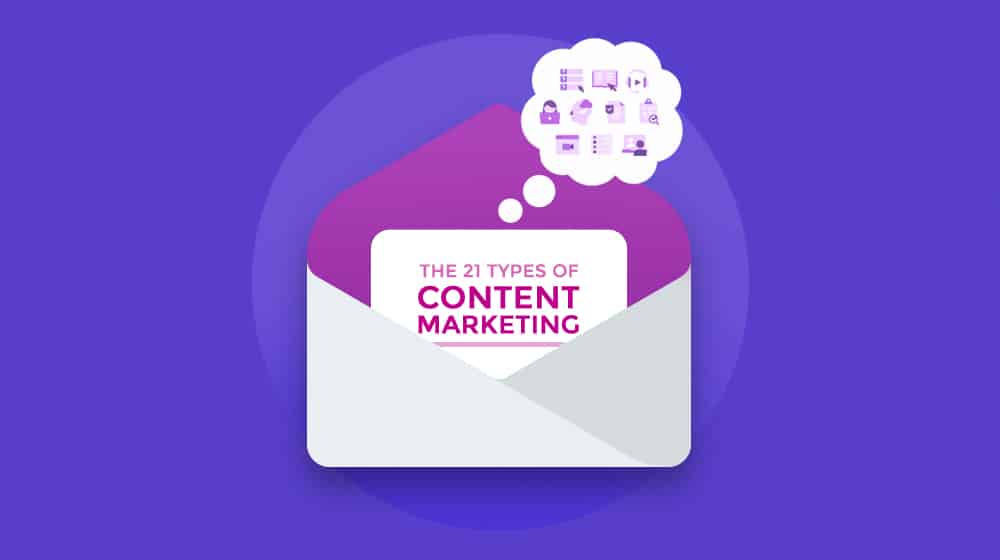
When marketing teams discuss content marketing, 90% of the time, we're just talking about blog posts. They're the most common and the most straightforward content to produce, so it's where the bulk of our efforts are focused. The thing is, there are plenty of other kinds of content out there, which can all be used for marketing. They have specific reasons why we don't focus on them as much. Maybe they require a more considerable initial investment, or perhaps they have a higher barrier to entry. Maybe they aren't as effective.
Whatever the case is, even if you don't actively produce them, it's worth knowing what they are. I've identified 21 different types of content marketing strategies and put together this guide to help you understand what content marketing means and how to pick the best content strategy for your organization.
Let's get started!
 30 Second Summary
30 Second Summary
You'll find 21 different ways to market your content effectively. Your main options include blog posts for building trust, listicles for attracting new readers and reviews to share objective product insights. You can create case studies and eBooks to show deep expertise, or use Q&As to connect with your audience. If you want to reach more people, you can try social media marketing, influencer partnerships or email newsletters. For interactive content, you might add quizzes, calculators or contests to engage visitors. Visual options include infographics, videos and livestreams.
1: Blog Posts
First up, we have blog posts. You're undoubtedly familiar with these since you're reading one right now. Spooky, right? A bunch of text, a few images, and metadata are all up on a website. There's not much to say about blog posts that haven't been said a million times and that anyone reading this will be intimately familiar with. Quality blog content can help you build trust with your audience, connect with potential customers, and cultivate thought leadership.
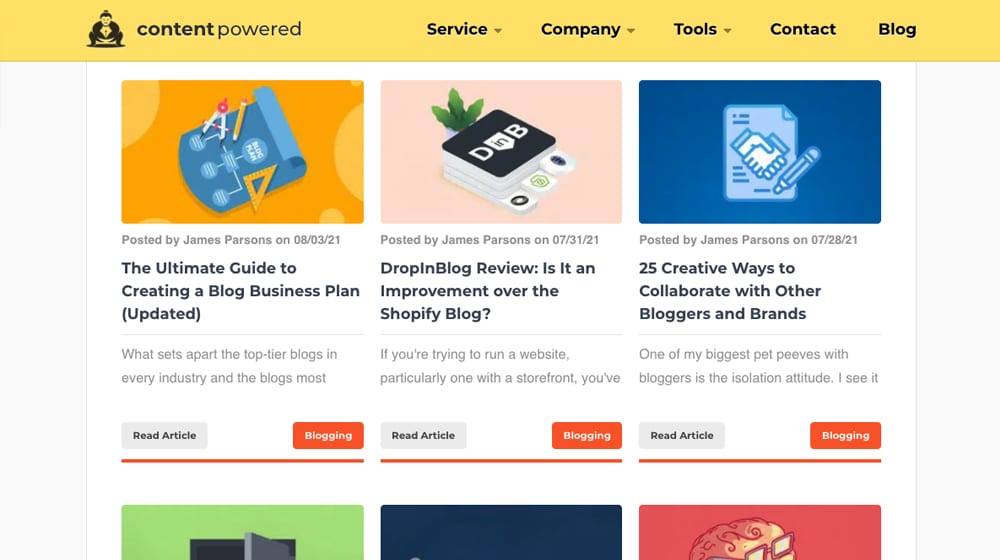
You can read more of my blog to learn as much as you could ever want to know about blog posts:
2: Listicles
While there are many types of blog posts, one that stands out is the listicle. This very blog post, too, is considered a listicle.
I generally consider listicles to be a specific kind of blog post, but some people think of them as a different kind of marketing. Sites like Buzzfeed have perfected the listicle and serve a different purpose than your usual blog posts. Blog posts are more focused and tend to go deeper on a given topic, while listicles are surface-level, aimed at attracting a new target audience, and are often top-of-funnel, sharable, and long-form content. You'd be amazed at how much traffic that simple checklist articles can accumulate.
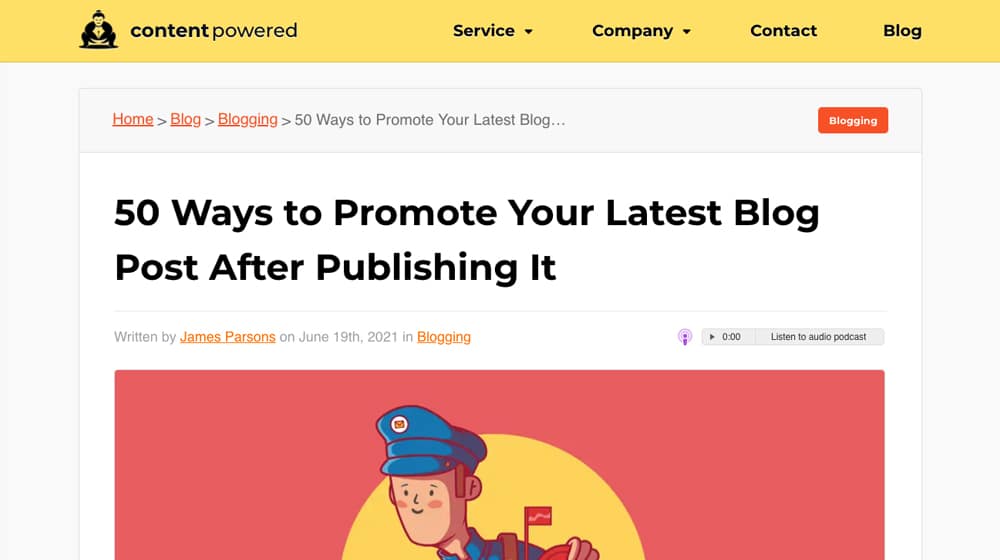
I wrote a post on listicles here if you're interested in trying these:
3: Reviews
Reviews are sort of like blog posts in that they pick a specific topic and dig deep into it, but they're focused on a particular product or service and are meant to give an objective view of the pros and cons of that product or service.
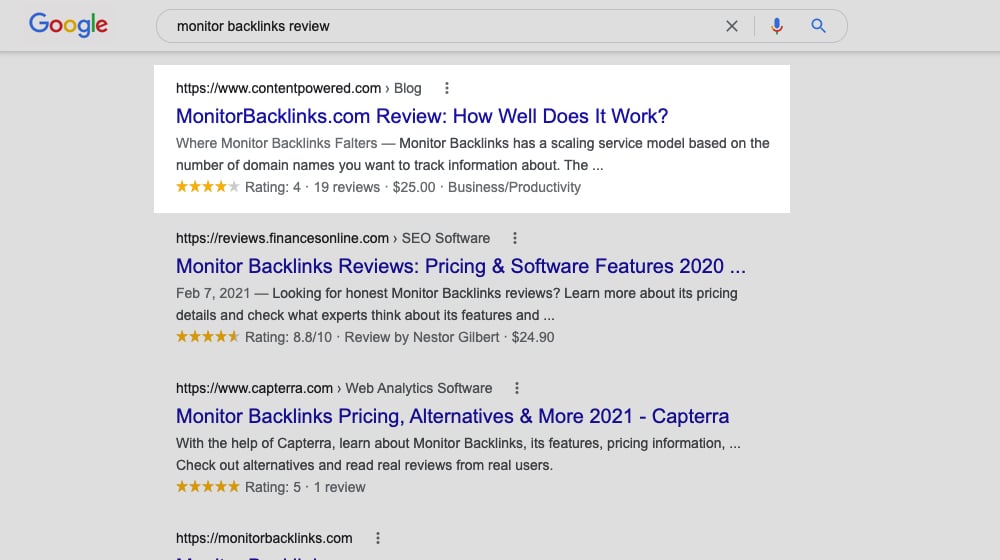
They can be tricky to write correctly, but when you do them well, they can be excellent for building traffic and authority. On top of that, they can take advantage of special Schema markup and be used as part of affiliate marketing content to make money.
4: Case Studies / White Papers
Case studies and white papers are similar kinds of dense, technical content. They can be challenging to produce if you don't have resources because you generally need either inside information or broad industry information that isn't easy for other people to harvest.
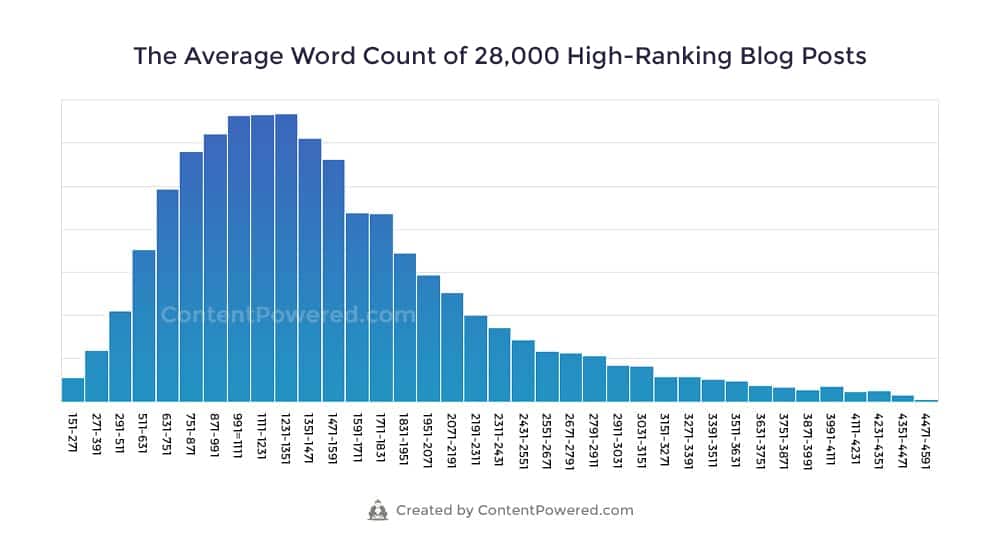
For example, a while back, I made a case study about word count in blog posts, which you can read here:
I don't have a massive index, but I spent a good amount of time scraping information to compile the study so I could present it to you all. It's been pretty good at bringing in traffic and links over the last few years, so I consider it a success.
5: eBooks
The humble eBook is like a blog post on steroids. Where a blog post usually ranges from 1,000 to 2,000 words, an eBook might start at 5,000 and get as large as 10,000 or more, depending on how deep and authoritative you want it to be. Some of the most extensive eBooks are even longer, but the best tend to be shorter. The exception is if you're a thought leader and people will willingly pay to read a novel-length compilation of your thoughts. Most companies produce an eBook every year or two, often to give themselves an authority boost and to use as a lead gen magnet.
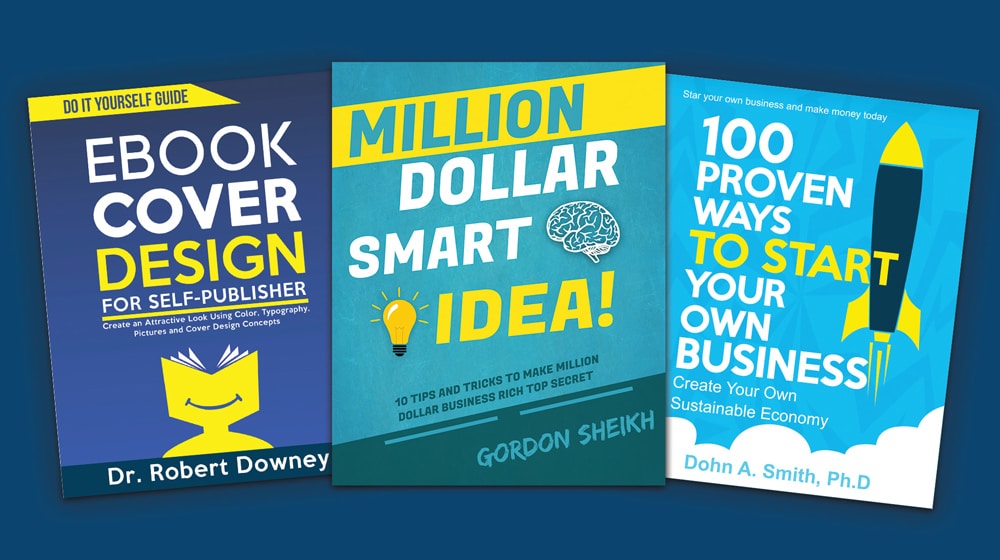
If you don't have the time to write an eBook, you can always convert your blog posts into eBooks.
6: Q&As
Q&As are a blog-post-adjacent kind of content that is generally more difficult to produce because it requires an authority to be willing to give the As to your Qs. Sometimes you can position yourself as the authority and ask your readers to ask the questions for you to answer, but this only works if you have enough of an audience to pull it off. Otherwise, you can do something like harvest questions from Twitter or Reddit and make a Q&A. Here's an example of what that looks like.
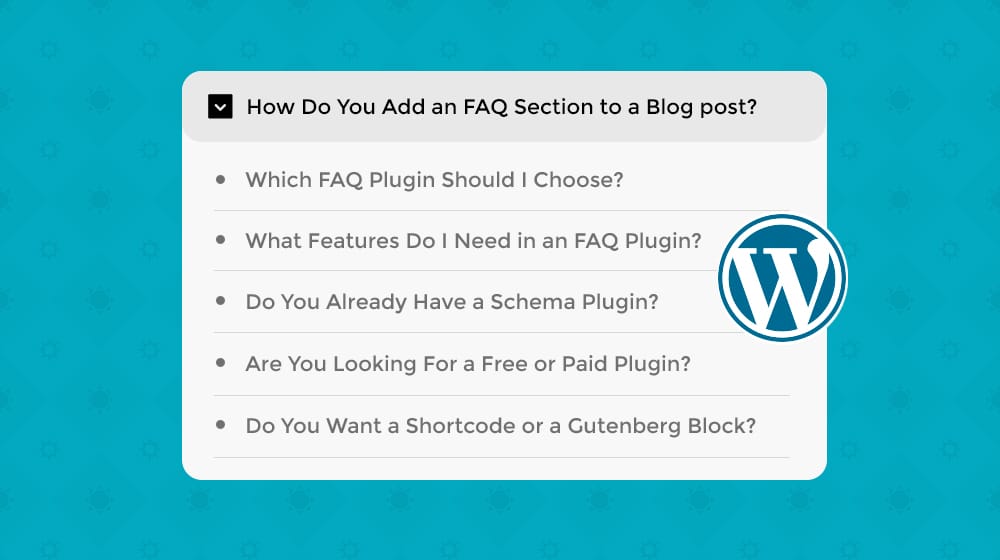
Here's a post I wrote on how to add Q&As to your blog posts:
Social media marketing is often considered its own kind of marketing, but it's actually a type of content marketing. After all, you need content to promote on social media, so you will not get very far without a blog (or the other kinds of content in this post). Social media marketing usually involves picking social networks where your audience spends their time and sharing content (both your own and others) to maximize the number of people following and clicking your links.
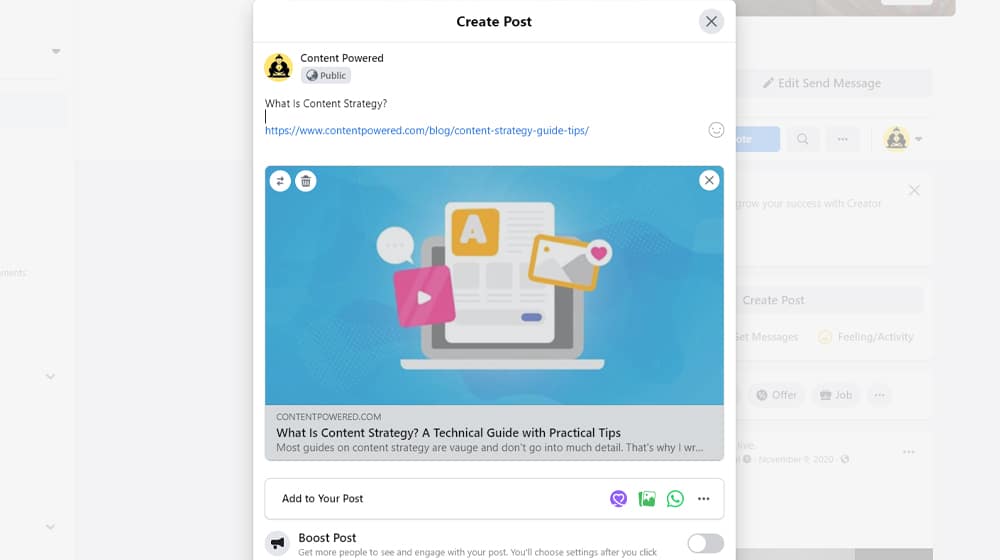
You can then monitor your social media posts to see which posts get the most engagement, clicks, and conversions. HubSpot is one example of a company that is doing a great job with its social media pages.
8: Influencer Marketing
Influencer marketing is tricky. The concept is simple:
- Pick someone with a large audience who might be interested in your product.
- Ask them to promote your product on their feed for something like money or a free product.
- Rake in the traffic from their audience.
Unfortunately, it's pretty hard to pull off because there are a lot of "influencers" who aren't that influential, and you have to be very careful about who you pick and what you have them promote.
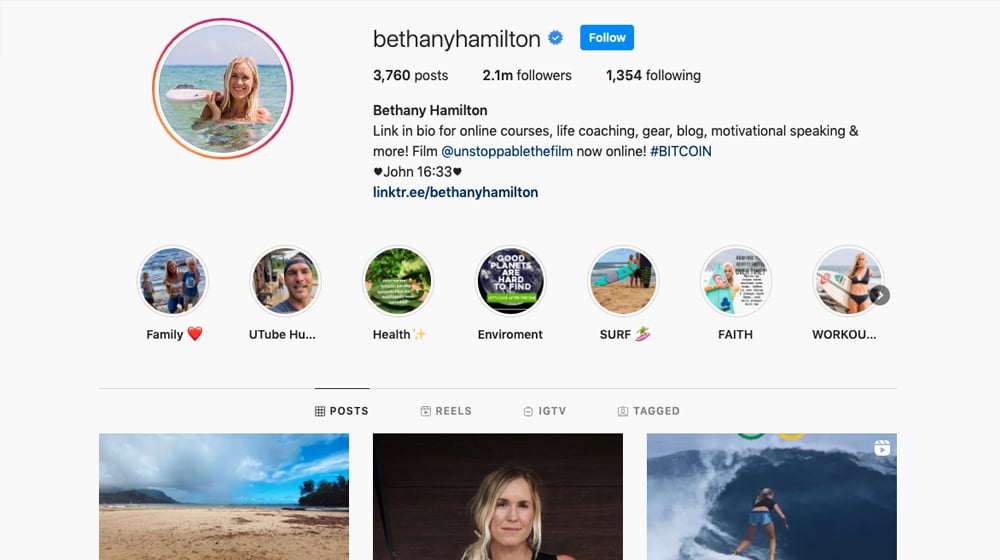
Done right, it feels very natural, but done wrong, it gives you a bad reputation.
A newsletter is a great way to keep people engaged, share links to new content, and promote new products and services. Newsletters and email marketing are a sort of "invisible" marketing. People don't casually search Google or other search engines for your brand name and find your newsletter; they just opt-in to it. You don't usually have an archive of newsletter content on your site, though you could. It's more like insider content for those interested in your brand to stick with you.

Even if those visitors don't become a customer right away, they are still entering the first stage of the customer journey, and a percentage of them will eventually make a purchasing decision.
10: Glossaries
A glossary is one of a few kinds of "evergreen resource" posts. It's usually meant to be more of a beginner resource to help someone new to an industry or market familiarize themselves with the terms they'll encounter.

They aren't compelling and don't necessarily get shared a lot, but they bring people in constantly as they need to learn what a term means. HubSpot has a decent example of marketing terms here, for example. Here is a glossary post I wrote on key performance indicators as another example:
11: Wiki Resources
A wiki knowledge base is another example of an evergreen resource, though I don't usually consider them to be digital marketing content. More often, they're knowledge bases for a given product or service you offer and are meant more for internal or customer use.
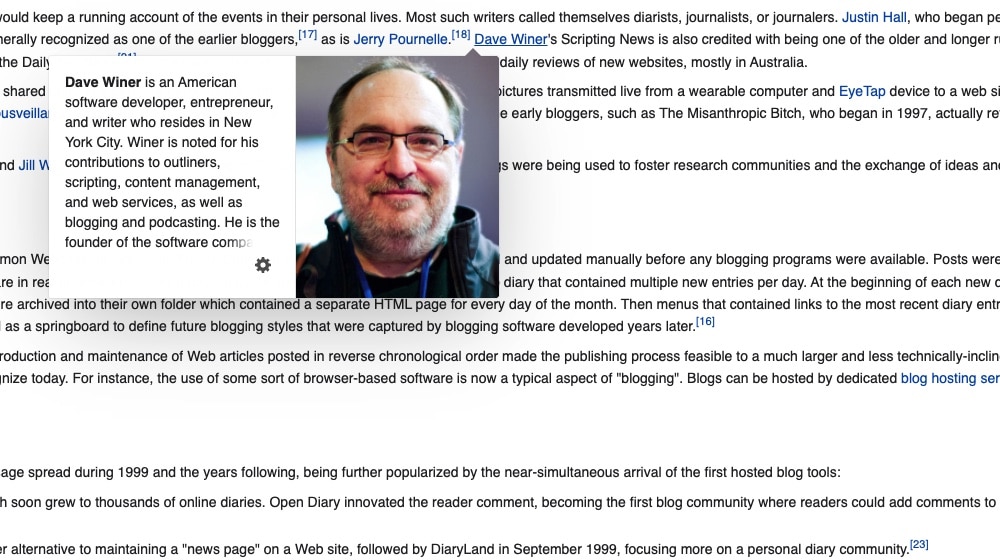
That said, occasionally, you can take the wiki concept and turn it into a much larger and more helpful resource for your industry; I just haven't seen it done well in a while.
12: Polls and Surveys
Polls and surveys are two-phase content marketing efforts that can be highly engaging if you do it right. For example, you might make a Twitter thread with a poll and encourage people in your industry to answer it. You can make a more in-depth thread about the results when the results come in.
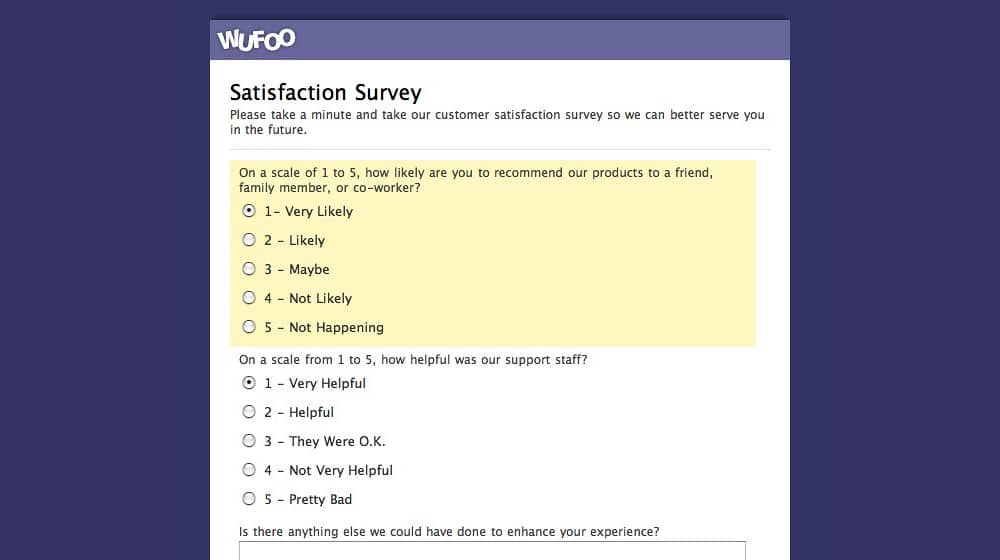
A survey is similar; you create a simple survey and send it out to as many people as you can in your industry, then write a review post about the results and publish it while sharing a link to the people who participated. Both can be pretty compelling if the questions are interesting to your audience.
13: Quizzes
Quizzes are the first form of interactive content on this list. A simple quiz can attract a certain kind of individual who wants to know what categories you might put them into. Most of them are goofy ("what Disney princess best represents your business?"), while others are more serious and used as lead generation forms dressed up to be more engaging.
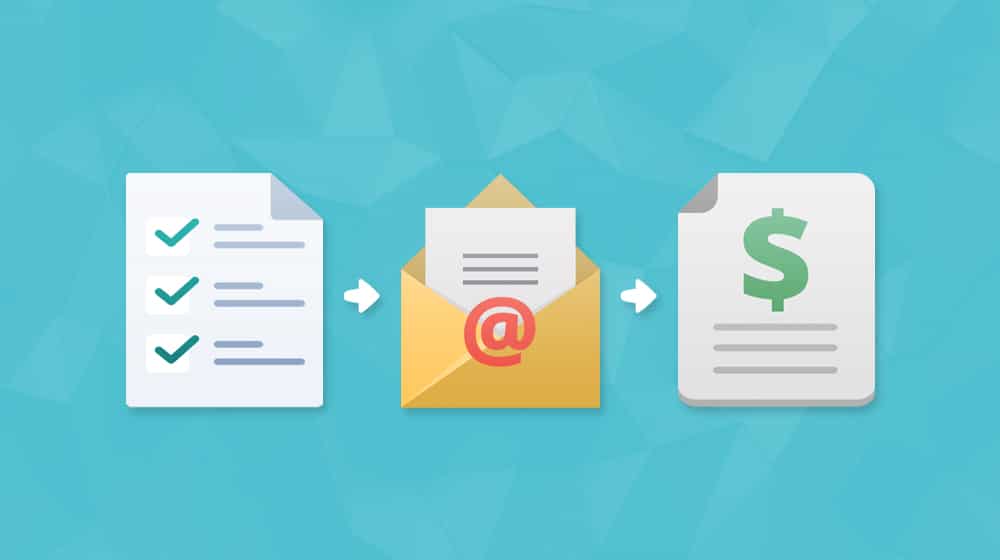
You can also embed quizzes in other forms of content. For example, here's a guide on how to include a quiz in your blog posts:
14: Calculators and Tools
Calculators are a form of content marketing campaigns I refer to as tools. Providing a free tool that offers a simple but valuable service (like a mortgage calculator, a "how much should you spend on PPC" calculator or something of the sort) becomes an engaging lead magnet. You offer the calculator or other tool, people use it, and the results page has links they might find helpful. For example, I could make a "how much should your content marketing cost?" calculator that provides links to content about how you can more efficiently spend your money and, of course, an optimized call to action to subscribe to my service.
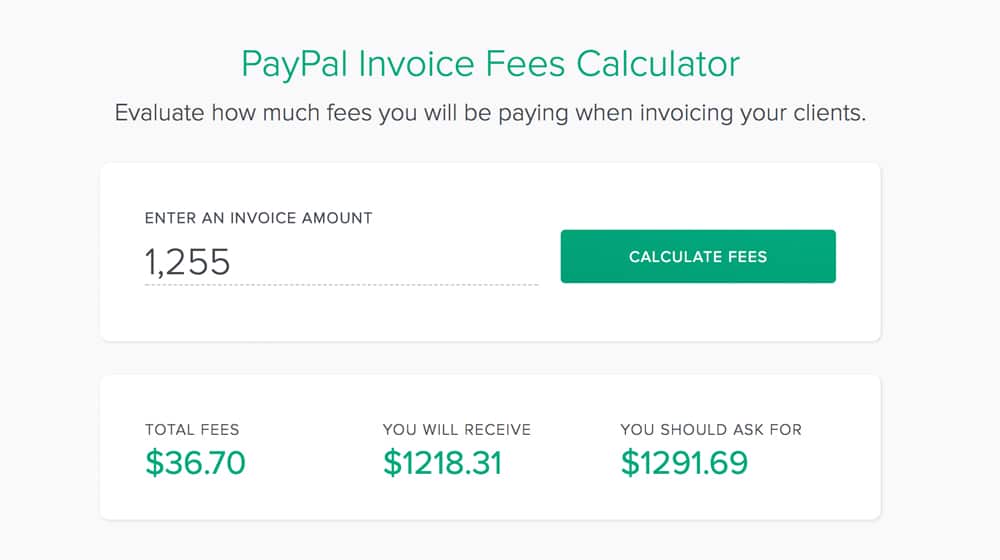
Just take a look at a site like PercentageCalculator.net - this is a single-page site that hasn't changed much over the past 15 years, and yet it receives hundreds of thousands of visitors per month and a surprising number of organic links.
15: Other Interactive Content
Quizzes and calculators are two kinds of interactive content, but they aren't the only kinds available.

I've seen unique interactive content, from charts that animate to show different inputs and how they affect results to fully interactive "games" about a brand's subject. Interactive content can be compelling if made well, but it takes a significant investment to create.
16: Contests
Contests are a tried-and-true way to generate leads, and they're all over the place. They can work to generate leads for a mailing list, they can build up your social followers, and they can win engaged followers when those followers win your prize.
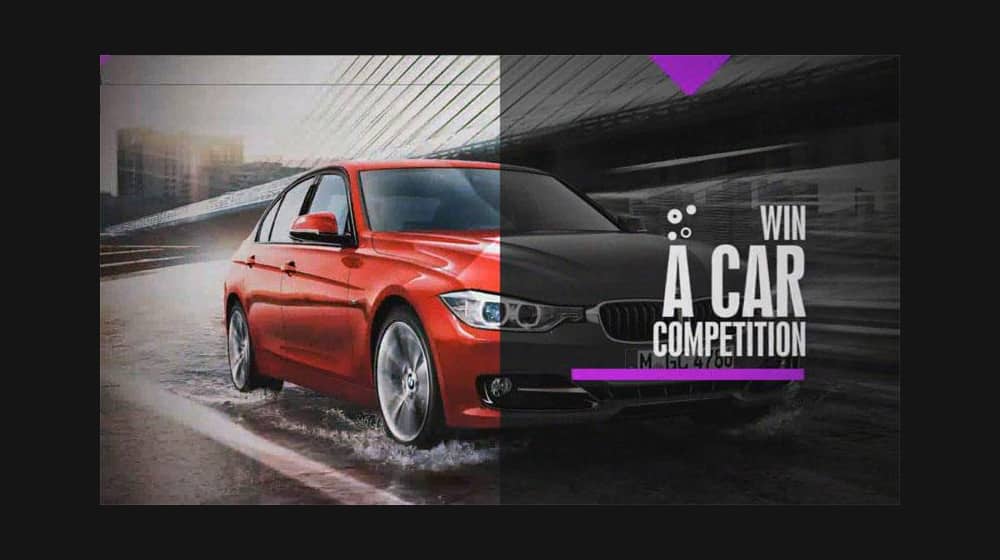
The trick is that your prize needs to be something your new audience finds valuable, not just something generic. Like I always say, if you're giving away an iPhone, all you get are people who want an iPhone. If you're giving away a year's subscription to your product, you get people who want your product.
17: Memes
Memes are a fun way to engage with your younger followers, though you must execute them carefully. Otherwise, you fall into the "how do you do, fellow kids?" category, and that just cringe. Do the kids still say "cringe"?
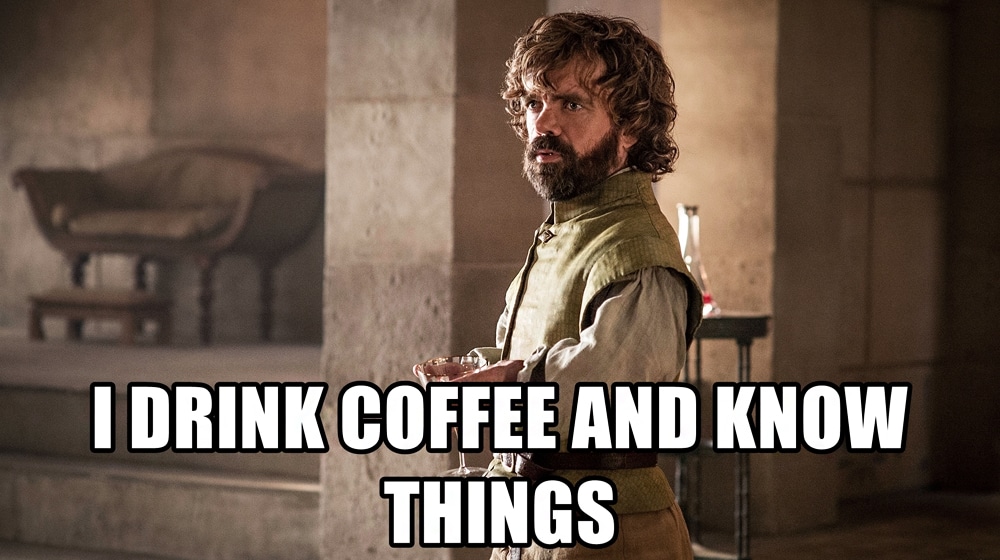
In any case, you can create your own meme or even create animated gifs.
18: Infographics
Infographics are a fun way to take a piece of content with a lot of statistics and information and present it graphically. This visual content is eminently sharable and can get a lot of traction on social media, but they're tricky from an SEO perspective because they're images. You often need to optimize and accompany them with a blog post like this. Still, quality infographics have a great chance of going viral and generating a large number of inbound links in a short period of time.
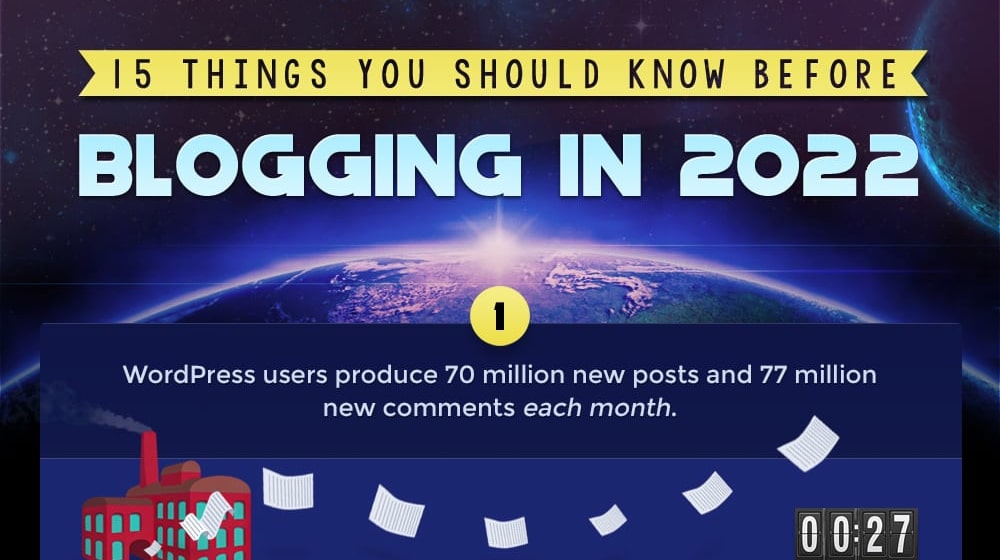
The challenge is well worth the backlinks and the brand awareness that these can generate.
If you do decide to create an infographic, here's a guide on how you can promote and distribute it to get the ball rolling:
19: Podcasts
Podcasts are, at their simplest, just audio recordings of a blog post. A good podcast will have a lot more to it, though.
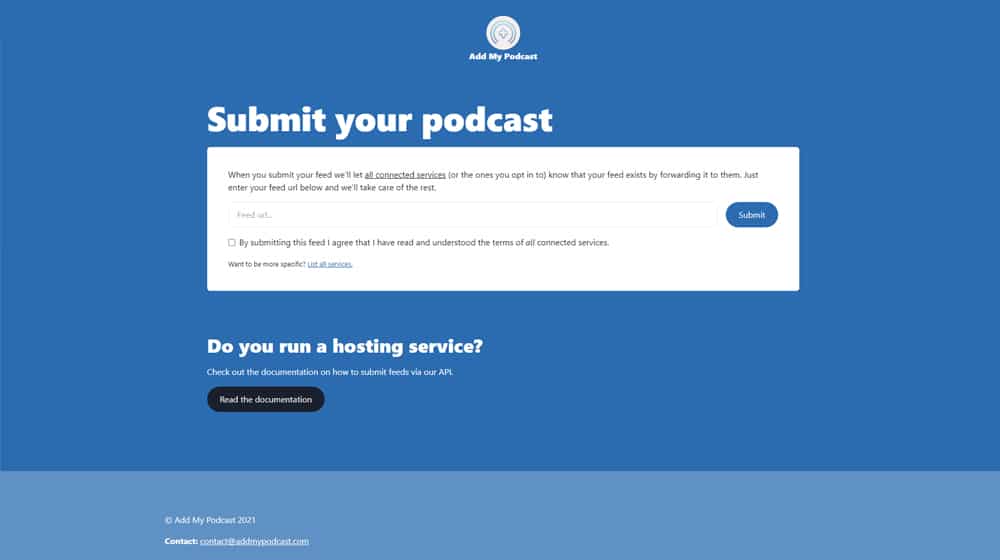
For example, a good podcast can have interviews with industry experts, discuss breaking news, the back-and-forth between hosts, and a more compelling script than a blog post would give you. After all, the way we speak and read is different.
20: Video Content
Videos are like podcasts but visual. That's all you need to know, right? Truthfully, video marketing is its whole industry, even if it's technically a subset of content marketing.
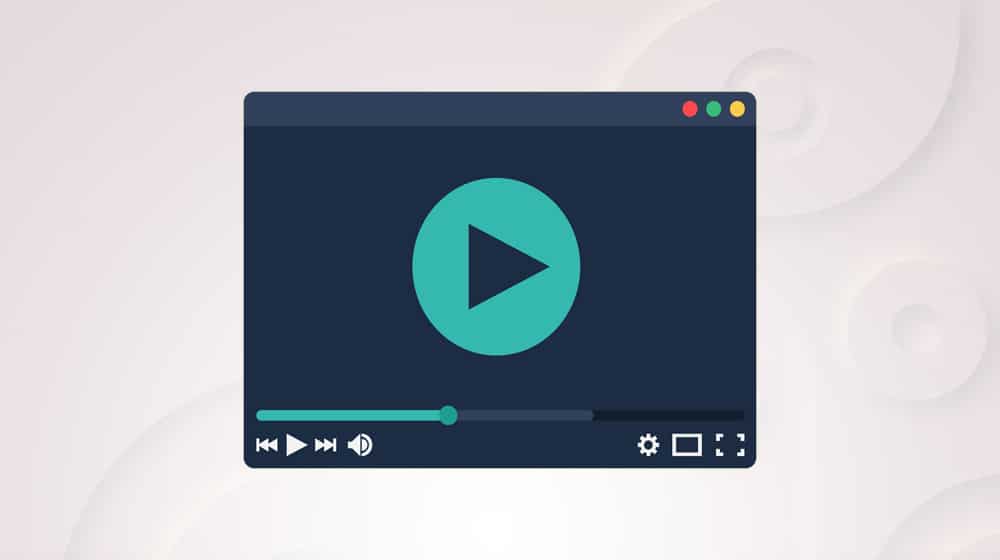
It requires a unique skill set in video production, and the investment in audio and video production software and equipment can be steep. Producing high-quality videos can be exceedingly compelling and helpful, but it's valuable if you can get it down.
21: Livestreams
Livestreaming is becoming increasingly popular on social media platforms like YouTube, Twitch, TikTok, Snapchat, and Facebook. You can do pretty much anything if you can pull off being a personable and authoritative figure on a live video.

The trouble is, it's a harsh industry to break into, and you can easily toil away for months or years with virtually no audience. Stick with it, though, and you can do well.
Honorable Mentions
There are a handful of great content marketing forms that are less common or that are gravitating away from some of the core principles of content marketing, but they may still be helpful to know so you can try them for yourself. They are:
- Webinars. There is some overlap with podcasts, though podcasts are a bit more flexible and are a more popular form of content marketing than webinars. You can either publish a pre-recorded webinar or host one in real-time and answer questions from your audience.
- Landing pages. While these pages are technically forms of content, they are generally intended as a lead capture mechanism for PPC campaigns, affiliate marketing, or social media marketing. They don't have much value alone without a marketing strategy to funnel traffic to them. You can create them easily with templates or services such as ClickFunnels or Leadpages.
What do you think? Does this cover all the bases in terms of the kinds of content out there? Would you include something else or roll a couple into different categories? This list is inherently flexible because the industry is just about producing content, whatever form it takes. Let me know your thoughts!



 30 Second Summary
30 Second Summary
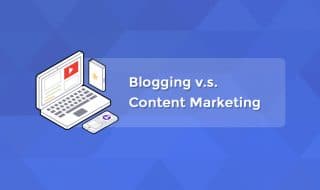
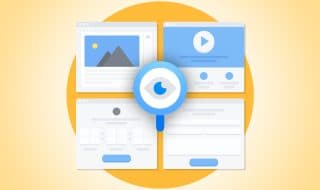

Comments